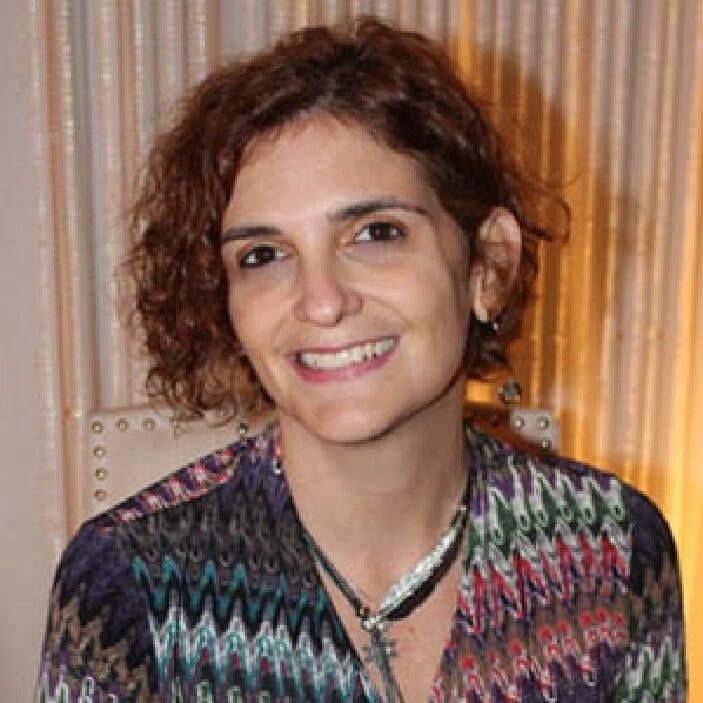Since the times when Pavlov1 and Watson2 were experimenting and theorizing, Psychology has relied on one of its few certainties: stimuli generate responses that, in turn, have consequences. The learning that occurs when these three elements are related has been a pillar for all professionals in our field, to the point that it constitutes one of the principles on which ABA based, what is called operant conditioning.
It was Skinner3 who first formulated and systematized this concept, which essentially refers to the possibility that human behavior can be modified by manipulating its consequences.
Let us go back to the beginning and focus on human behavior: consequences are the result of a response. When a small child picks up his toys after playing, we are dealing with a response. As parents, it is in our interest that our kiddo always picks up his toys after playing, so we kiss and praise him when we see what he has done. Thus, the consequence of this response was positive and pleasant for the child. From this point on, the child is much more likely to repeat the positive behavior (picking up toys) because we have positively reinforced his behavior.


We are approaching the element that we are dealing with today: the reinforcers. They are those events that occur as a consequence of the behavior and, in the case of positive reinforcers, we can associate them with rewards or prizes. As can be inferred, there are many types of reinforcers: positive, negative, primary, secondary, tangible, social, manipulable, etc. and they respond to the conditions in which they are applied and the preferences of the child they are delivered to.
Perhaps what is essential for choosing the best reinforcer lies, precisely, in the characteristics of the child and the behavior to be modified. It is important that the child:
- The behavior to be modified must be specified, with precision.
- Reinforcers are administered immediately after each behavior is performed
- Contingencies that may compete against the effectiveness of the reinforcer must be controlled.
Autism Spectrum Disorder (ASD) can impose many challenges, to the client, to their family members, and to the professionals who seek to help. However, reinforcers have proven to be excellent allies in managing the problematic behavior of children with ASD and promoting positive behaviors.
Knowing more about these techniques and putting them into practice is essential, and for this purpose,
specialized centers such as ABS offer all their knowledge and expertise.
The ultimate goal? To help our children with ASD grow and be happy.
Knowing more about these techniques and putting them into practice is essential, and for this purpose,
specialized centers such as ABS offer all their knowledge and expertise.
The ultimate goal? To help our children with ASD grow and be happy.
1 Ivan Petrovich Pavlov was a Russian physiologist well known for his experiments with dogs, which led to what is now known as classical conditioning.
2 John B. Watson was considered one of the most influential and decisive figures of the last century. Along with Ivan Pavlov, he was one of the important figures of classical conditioning and was key to the later development of operant conditioning.
3 Burrhus Frederic Skinner is one of the most important historical figures in psychology. He developed the theory of operant conditioning and laid the foundations for the later development of Cognitive Behavioral Therapy.
Reference Bibliography:
Reference Bibliography:
MacNaul HL, Neely LC. Systematic Review of Differential Reinforcement of Alternative Behavior Without Extinction for Individuals With Autism. Behavior Modification 42(3), 398-421. https://doi.org/10.1177/0145445517740321
https://www.academia.edu/23032435/Principios_de_aprendizaje_y_conducta

Eloisa Arandia
M.S., LMHC, LMFT, BCBA, LBA
About the author:
ABS Clinical Director




